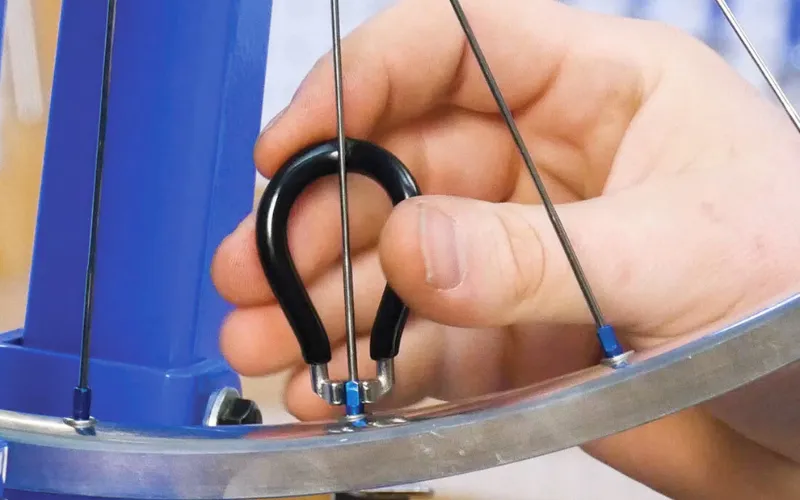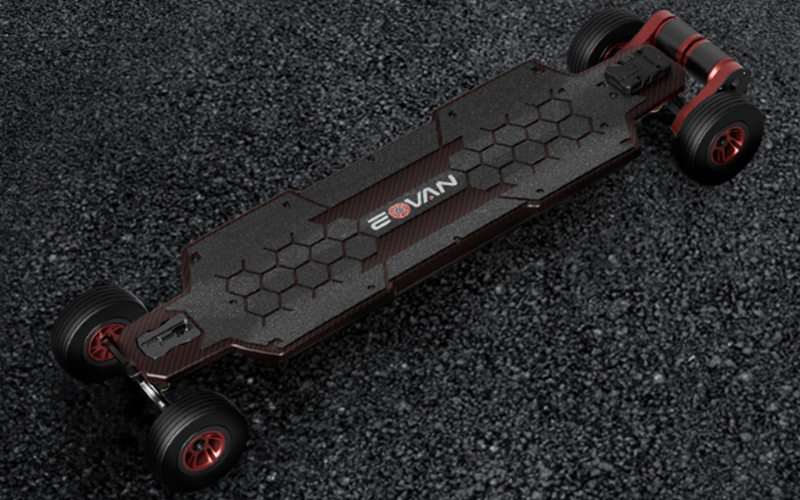Electric ATVs are quickly becoming the go-to choice for outdoor adventurers who want to experience the thrill of fast speeds while still being environmentally friendly. But how fast does an electric ATV go?
Electric ATV motors ranging from 500W to 1000W can go from 0 to 30 mph in few seconds. But what is the impact of a faster motor on the range of an electric ATV.
In this article, I’ll explore the benefits and drawbacks of using a higher-watt motor, the regulations surrounding electric ATVs, and how long their batteries last.
Electric ATV Speed – How Fast Does It Go?
Regarding electric ATV speed, wattage is a key indicator of how quickly the vehicle can move. 500W motors are the most common type of electric ATV motor, and that’s why most people are interested in knowing: how fast does a 500W electric ATV go.
They typically have a maximum speed of around 30 mph. That’s enough to get a thrill, but it’s not the fastest you can get on an electric ATV.

For those looking for a more intense experience, a 1000W motor can reach speeds up to 50 mph. It is nearly double the speed of a 500W motor and will provide an adrenaline-filled ride.
However, it’s important to note that this type of motor is not legal for use on public roads and should only be used in off-road conditions. In addition to speed, the wattage of the motor also affects the range of the electric ATV. A 500W motor typically ranges around 30 miles per charge, while a 1000W motor can reach up to 45 miles per charge.
It can significantly affect how long you can explore with your electric ATV.
Finally, it’s important to note that the speed and range of an electric ATV can also be affected by the weight of the rider, the terrain, and the battery capacity. All these factors should be considered when choosing a suitable motor.
Legality Facts of Electric ATVs
When it comes to electric ATV regulation, are Electric ATVs Road Legal? This question comes up in many people’s minds.
But this question iddds complicated to answer. Electric ATVs are becoming increasingly popular but are subject to the same regulations as traditional ATVs. In most countries, electric ATVs are legal as long as they meet specific requirements.
The first and most important requirement is that the electric ATV must be registered with the local authorities. It will typically provide proof of ownership and a valid driver’s license.
An electric ATV must also be equipped with safety features such as turn signals, headlights, and brakes.
The second requirement is that the electric ATV must be street-legal. It means that the ATV must meet certain standards for speed, power output, and noise levels. It must also be able to pass a safety inspection.
Finally, an electric ATV must adhere to specific regulations regarding the terrain on which it can be used. In most countries, electric ATVs cannot be used on public roads, but they can be used on private property and in designated off-road areas.
Regulations surrounding electric ATVs vary from country to country and can be subject to change. It’s essential to check with your local authorities to ensure you are operating your electric ATV under the law.
Battery Life Details of an Electric ATV
One of the most important considerations is how long do electric ATV batteries last. Several factors can influence the battery life of an electric ATV, including the motor’s power output, terrain, the weight of the rider, and battery capacity.
The motor’s power output determines how much work the ATV can do and how quickly it will drain the battery. Higher wattage of the motor will automatically require more power, which can reduce the battery life.

For battery life, the terrain is also a significant influence. Riding on flat terrain is easier and faster than riding on hills, which can affect the ATV’s battery life.
Another significant factor is the weight of the rider. Heavier riders will require more power to reach the same speed as lighter riders, and this can reduce the battery life.
Finally, the battery capacity of the electric ATV is also essential. With the larger battery capacity, the ATV will be able to travel longer before needing to be recharged. It can also impact the ATV’s battery life, as larger batteries tend to be heavier, which can reduce its range.
Impacts of a Faster Motor on the Range
The impact of a faster motor on range of an electric ATV can be both positive and negative. On the one hand, a faster motor can provide more power for the ATV, allowing it to travel greater distances before needing to be recharged.
On the other hand, the motor’s increased power output can also decrease battery life.
One of the advantages of a faster motor is that it allows the ATV to travel greater distances before needing to be recharged.
The motor can draw more power from the battery, allowing the ATV to travel further before recharging.
A faster motor also provides more power for the ATV, allowing it to accelerate faster and reach higher speeds. It can be helpful for riders who want to cover more ground more quickly.
However, there are also some disadvantages to using a faster motor. Motor’s increased power output can decrease battery life, as the motor will draw more power from the battery than a slower motor would.
This can lead to shorter battery life and shorter range.
In addition, the motor’s increased power output can also lead to increased wear and tear on the ATV. It can reduce the overall lifespan of the ATV and lead to more frequent maintenance and repair costs.
For these reasons, it’s crucial to weigh the pros and cons of using a faster motor before deciding. A faster motor may be the right choice if you’re looking for a quick and powerful ATV.
Some Best & Fastest Electric Four-Wheeler
If you’re looking for the answer, what is the fastest electric 4 wheeler? It’s essential to understand the factors that influence the speed of electric ATVs. The most important factors are the motor’s power output, the rider’s weight, the terrain, and the battery capacity.
A motor’s power output determines the maximum speed an electric ATV can reach. Moreover, the higher the motor wattage, the faster the ATV can go. Electric ATV motors typically range from 500W to 1000W.
It is also essential to consider the rider’s weight. Heavier riders will require more power to reach the same speed as lighter riders, and this can reduce the range of the electric ATV.
Another significant factor is the terrain on which you drive your ATV. Riding on hills is tough and more challenging than riding on flat terrain, which can affect the ATV’s speed.
Finally, the battery capacity of the electric ATV is also essential. The larger the battery capacity, the longer the ATV will be able to travel before needing to be recharged.
It can also impact the ATV’s speed, as larger batteries tend to be heavier, which can reduce the speed of the ATV.
How fast is a 1000w electric quad?
The speed of an electric quad powered by a 1000-watt motor will vary depending on the weight of the rider, the terrain, and other factors. However, on level ground, a 1000-watt electric quad can typically reach speeds up to 50 mph.
What is regenerative braking, and how does it affect the range of an ATV?
Regenerative braking is a method of slowing down the ATV by using the motor to generate electricity. This electricity is then stored in the battery, which can increase the range of the ATV.
Can the range of an electric ATV be increased?
Yes, there are several ways to increase the range of an electric ATV. These include optimizing the speed, slowing down while cornering, and using regenerative braking.
What factors can affect the speed and range of an electric ATV?
Many factors can influence the speed and range of an electric ATV, including the motor size, the number of passengers, the terrain, and the battery type.




